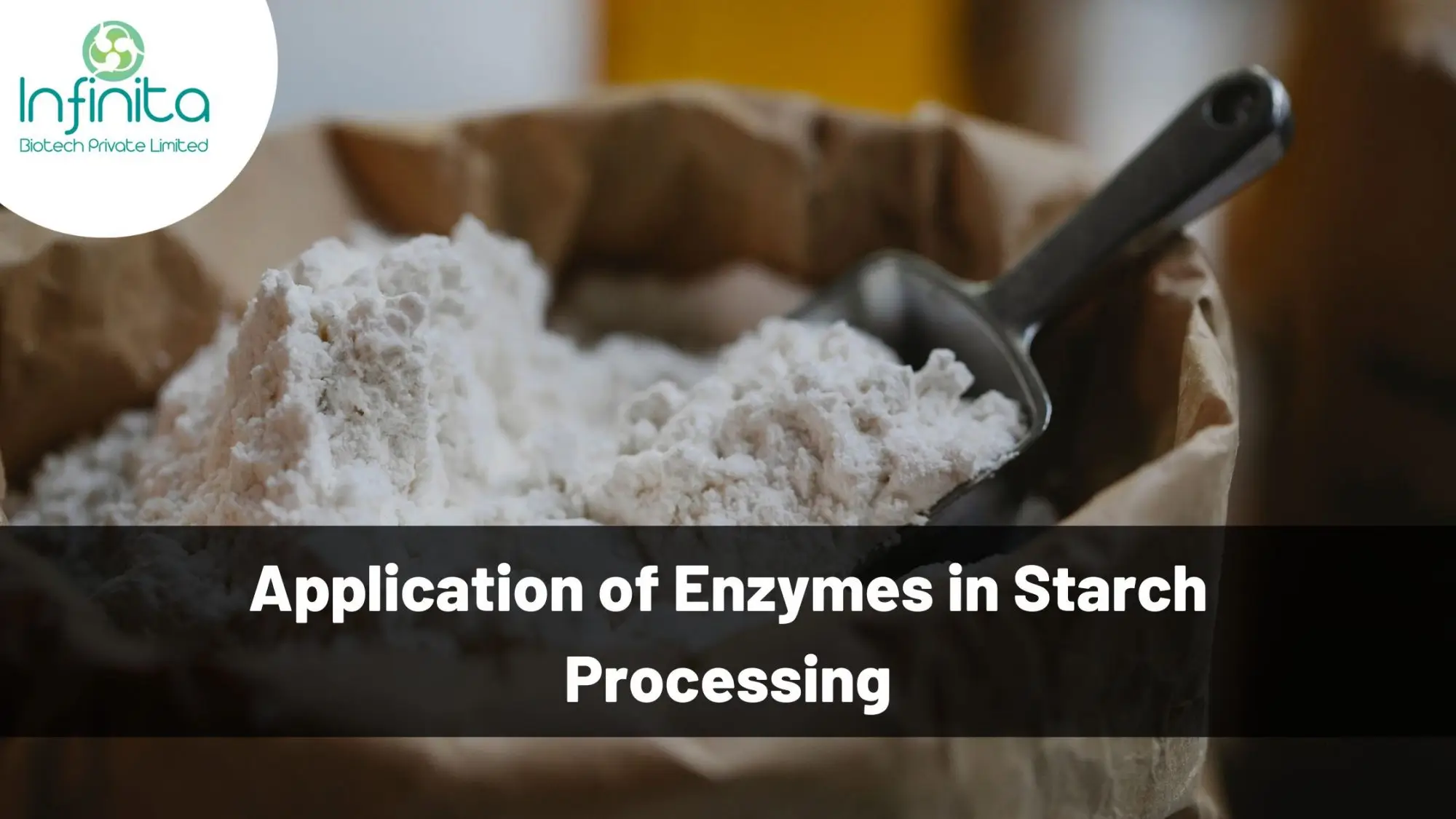Enzymes are biological molecules that are essential for various metabolic processes in living organisms. Various industrial processes such as food processing, pharmaceuticals, and textiles also utilize enzymes. Enzymes play a crucial role in the field of starch processing by breaking down starch molecules into simpler sugars that can be utilized in various applications.
The importance of enzymes in starch processing cannot be overstated. They are used to increase the efficiency and yield of starch processing, as well as improve the quality of the final product. In this article, we will discuss the role of enzymes in starch processing, the stages of starch processing, and the commercial applications of enzymes in this field. We will also examine the advantages and limitations of using enzymes in starch processing, as well as the sources and production methods of enzymes used in this industry.
The Role of Enzymes in Starch Processing
Enzymes play a crucial role in the breakdown of starch molecules into simpler sugars. The types of enzymes used in starch processing include amylases, proteases, lipases, and cellulases. Each of these enzymes has a specific function and is used in different stages of the starch processing process.
Amylases are the most commonly used enzymes in starch processing. They break down starch into glucose, maltose, and other simple sugars. Proteases are used to break down proteins that may be present in the starch.
The Stages of Starch Processing
Starch processing involves several stages, each of which requires specific enzymes. The stages of starch processing include milling, saccharification, filtration, evaporation, and drying.
During saccharification, the starch is mixed with water and enzymes to convert the starch into simple sugars. This stage is crucial for obtaining a high yield of simple sugars and improving the efficiency of the starch processing process.
Filtration is used to remove any undigested starch and other impurities from the mixture. The filtrate is then subjected to evaporation, where the water content is reduced. Finally, the mixture is dried to obtain the final product.
Commercial Applications of Enzymes in Starch Processing
Enzymes are widely used in the production of various commercial products from starch. Some of the most important applications of enzymes in starch processing include ethanol production, high-fructose corn syrup production, starch sweeteners, and glucose syrups.
Ethanol is produced by fermenting glucose obtained from starch using yeast. High-fructose corn syrup is produced by converting glucose obtained from starch into fructose using enzymes. Starch sweeteners are used as a sugar substitute in various food and beverage products. Glucose syrups are used as a sweetener and thickener in a variety of food and beverage products.
Enzymes for Starch Processing: Advantages and Limitations
Enzymes offer several advantages in starch processing, including increased efficiency and yield, improved product quality, and reduced costs. However, there are also some limitations to using enzymes in this industry, including sensitivity to temperature and pH, and the need for specialized equipment and conditions for enzyme production.
Enzyme Sources for Starch Processing
Enzymes used in starch processing can be sourced from microorganisms, plants, and animals. Microorganisms are the most commonly used source of enzymes, as they can be easily grown in large quantities and produce a variety of enzymes. Plants and animals are also used as sources of enzymes but are less commonly used due to the difficulties in obtaining and purifying the enzymes.
Enzyme Production for Starch Processing
Enzyme production for starch processing is typically carried out by fermenting microorganisms in large bioreactors. The enzymes produced by the microorganisms are then purified and concentrated to obtain the final product.
Enzyme immobilization is another important aspect of enzyme production for starch processing. Immobilization involves attaching the enzymes to a solid support, which helps to increase the stability and reuse of the enzymes.
Future Developments in Enzyme Technology for Starch Processing
The field of enzyme technology for starch processing is constantly evolving, with new developments in enzyme engineering and production methods. Some of the most promising areas of research include genetically engineered enzymes, advanced immobilization techniques, and optimization of enzyme production methods.
Environmental Considerations in Starch Processing
Starch processing is an energy-intensive industry that has a significant impact on the environment. Therefore, it is important to consider environmental factors when using enzymes in this industry.
Some of the key environmental considerations in starch processing include energy efficiency, waste management, and the use of sustainable sources of enzymes. Improving energy efficiency in the production of enzymes can help to reduce greenhouse gas emissions and conserve resources. Effective waste management is also important for reducing the impact of starch processing on the environment.
Finally, using sustainable sources of enzymes, such as those derived from renewable and non-toxic materials, can help to reduce the environmental impact of starch processing.
Conclusion
Enzymes play a crucial role in starch processing, and their use has revolutionized the industry. They offer several advantages, including increased efficiency and yield, improved product quality, and reduced costs. However, there are also some limitations to using enzymes in this industry, including sensitivity to temperature and pH, and the need for specialized equipment and conditions for enzyme production.
The future of enzyme technology for starch processing is promising, with ongoing research into genetically engineered enzymes, advanced immobilization techniques, and optimization of enzyme production methods. Environmental considerations, such as energy efficiency, waste management, and the use of sustainable sources of enzymes, are also important for reducing the impact of starch processing on the environment.

